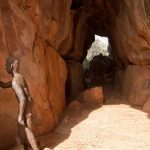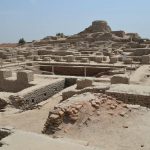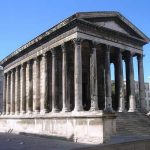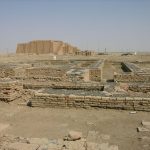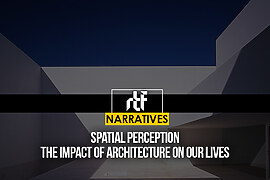Great Architecture is supposed to represent the goal of an individual/social group/community which resides within it- The Architecture of happiness. The beginning of Humankind’s time on this beautiful planet has been replete with instances of them trying to carve for themselves spaces to retreat in for protection, nourishment, recreation and rejuvenation. The earliest architectural wonders left by humankind have been animal hides stretched on branches, caves and pit dwellings. This form of architecture was necessitated by the species’s need for protection from wild animals and the forces of nature. The purpose, which this form of architecture fulfilled was that of protection of the species, to further aid in its multiplication and growth. Humankind, in the proto-history phase, had multiplied quite enough, to be able to form towns and cities with the help of a flourishing system of cropping and trade. The earliest cities came up beside major rivers, as river banks provided ample material for architecture which was utilitarian enough for the proto-history period.
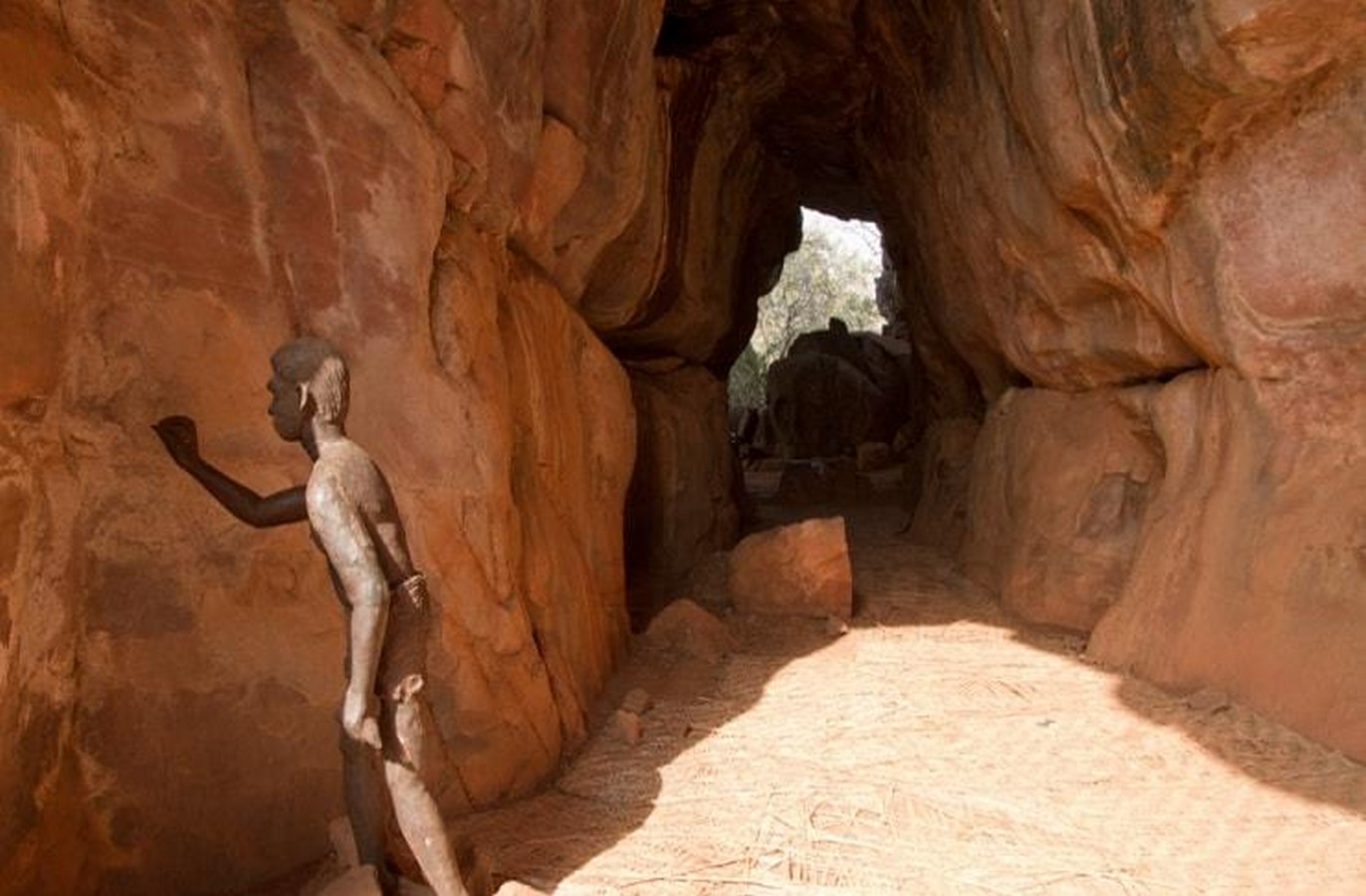
Architecture: The Past
The earliest civilizations have borne witness to the lofty ideas of architecture and architectural wonders attempted successfully by ancient societies. The pyramids of Egypt, and the temples of ancient Greece and Rome are just a few examples of grandiosity in architecture aimed at pleasing the divine and the royal. This was the period when Humans either imagined themselves as Gods or dedicated elaborate structures to gods. The public architecture of this period is grandiose and employs forms which are very different from dwelling houses. The rise of the Romans and their sweeping victory over most of Europe led to the spread of Roman architecture and style in all their colonies. In some places, Roman architecture also incorporated the indigenous architecture of the colonies to give way to a hybrid form of architecture. Romans were the first invaders to use concrete on a large scale, whereas the earlier civilisations had used lime and gypsum to make mortar. The shifting of the capital of the Roman Empire to Byzantine was instrumental in creating an entirely different type of architecture. The Romans started using bricks as building material for more graceful structures with domes in the centres of the structures and colourful mosaics. The Roman structures’ thick walls came to be replaced at some places with ribbed vaulting, pointed arches and stained glass where thick walls were no longer a criterion to support high ceilings, e.g. Paris’ Notre Dame castle. The Renaissance brought a shift in architecture yet again. The central theme of this period was rebirth, the Renaissance looked to the classical age for inspiration, which the Renaissance Humanists called the Golden Age. This reverence for the classical age is evident in the building forms of the Renaissance age, where symmetry and proportion were important components of the architecture.
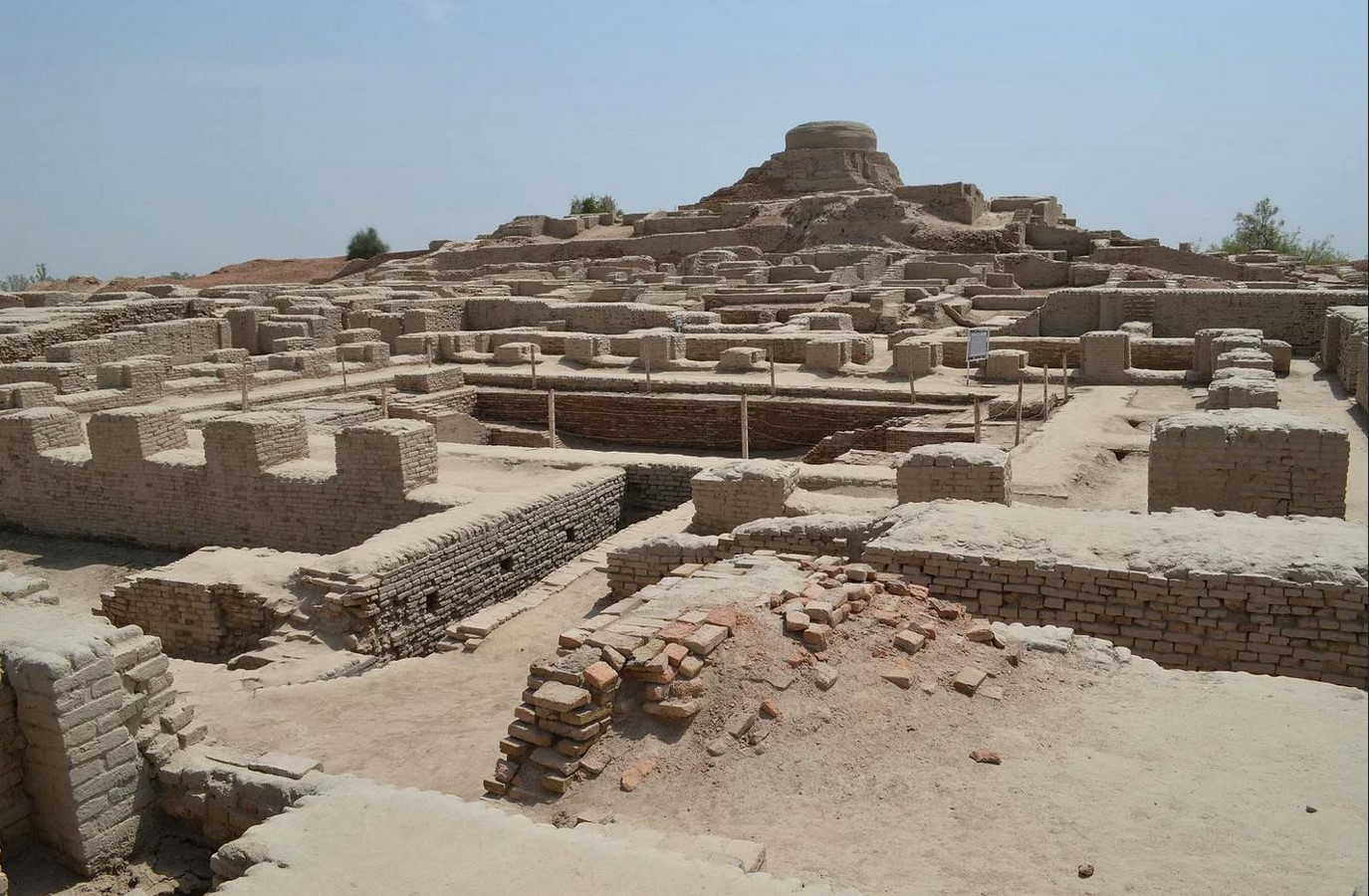
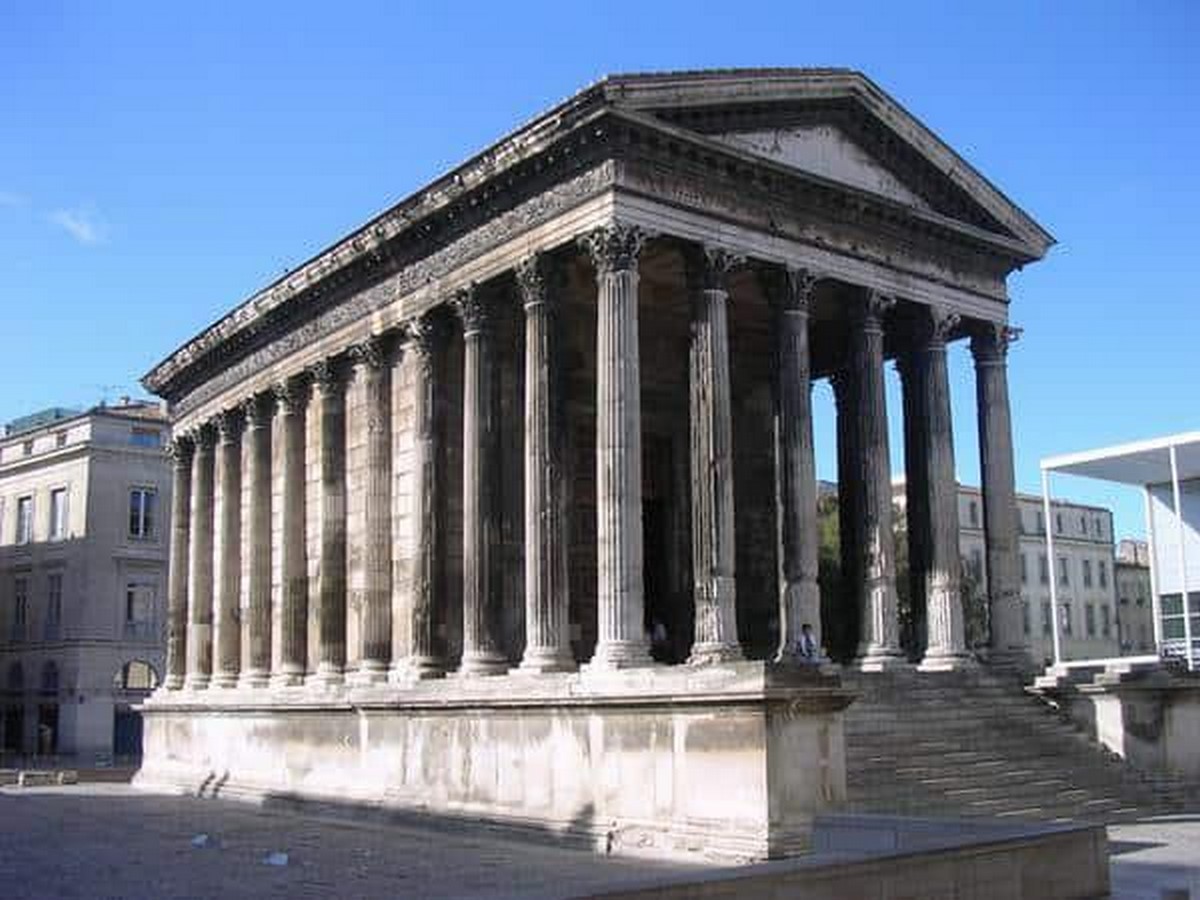
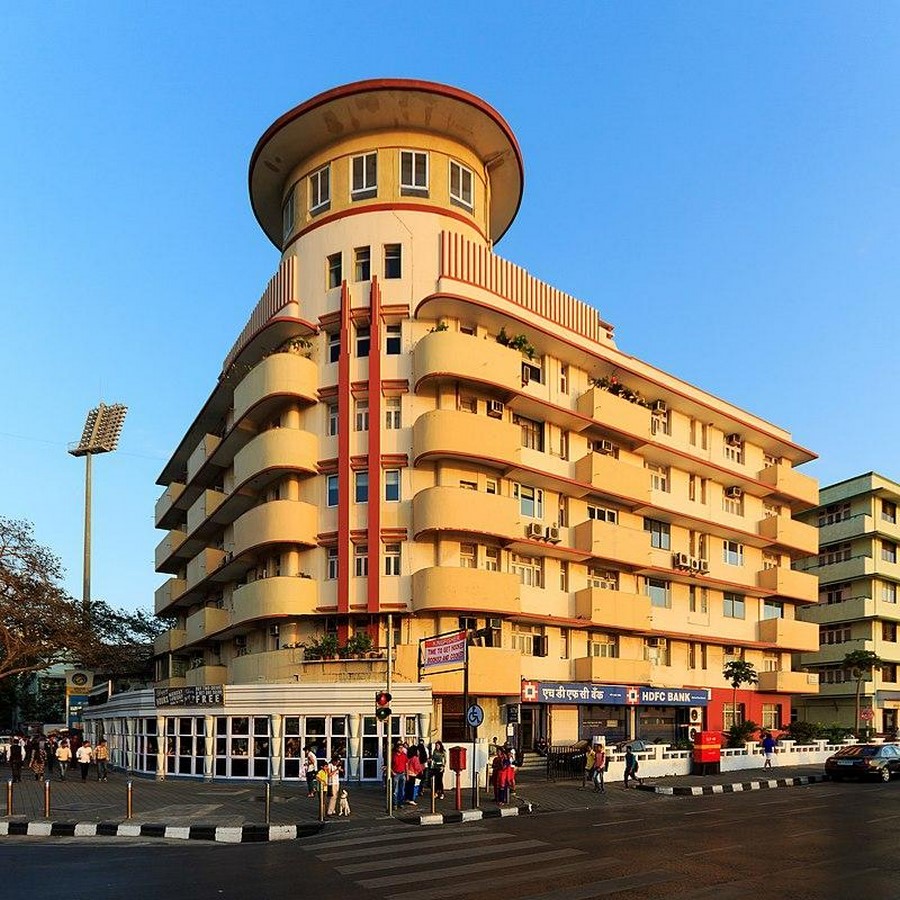
Architecture in the Early Modern and Modern Times
This period witnessed humankind creating Baroque architecture in most of Europe. This style of architecture influenced parts of Russia’s St Petersberg’s architecture. Baroque architecture exhibited a series of ornamentally complex and extravagant patterns with bold colours and rich paintings. The period of Enlightenment influenced architecture, influencing a return to classical forms of architecture in a more simplified form, e.g. Palladio’s designs inspired architecture in Britain and the United States. Several other forms of architectural styles were seen coming to the fore after the revival of classical architecture by Palladio. Art Deco and Art Nouveau were inspired by other ancient cultures’ opulent designs and by life forms respectively. Art Deco later took simpler forms like Art Moderne. The modernist style is more functional than the previous styles of architecture had been. The post-modernist architecture celebrated the classical style of architecture and mocked the modern architectural styles. Neo-modernist styles were free-flowing like out of a sci-fi movie, although not very novel.
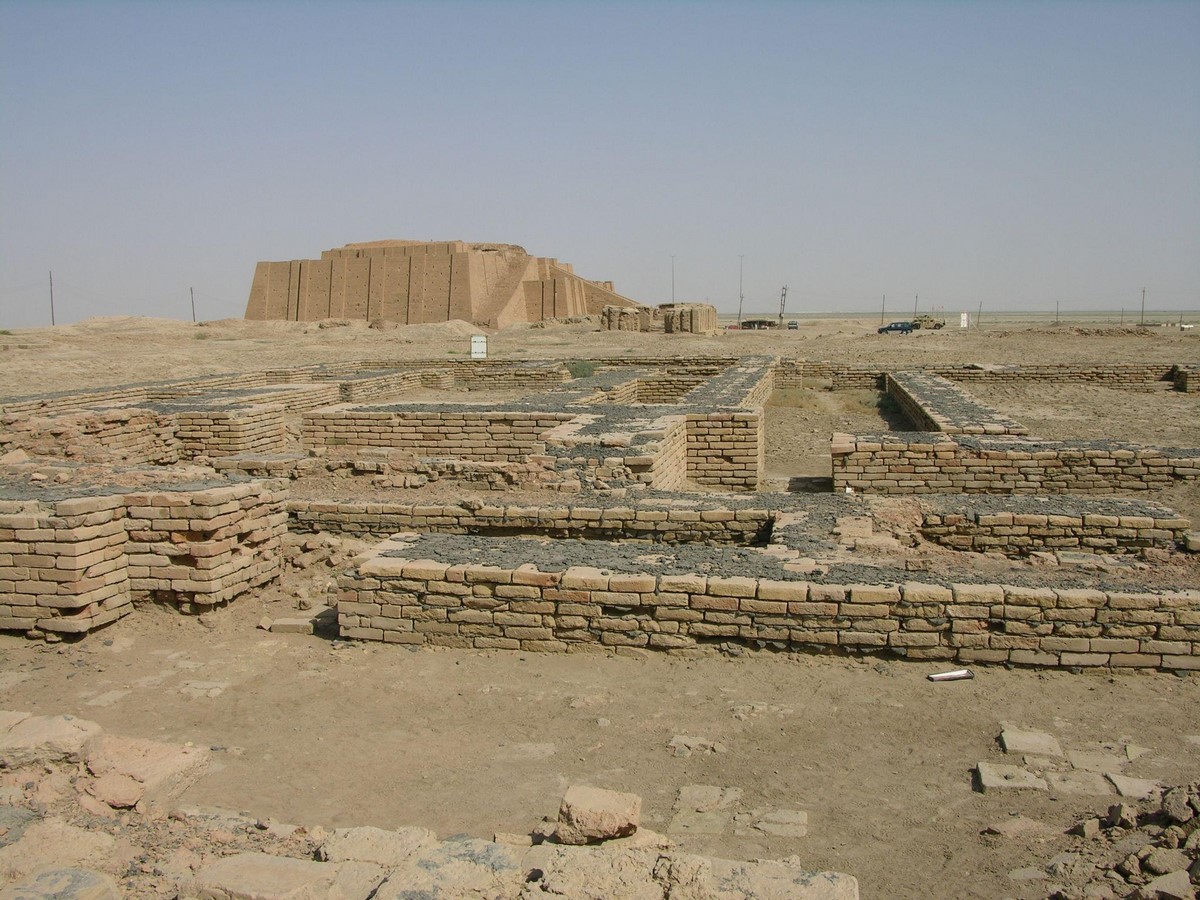
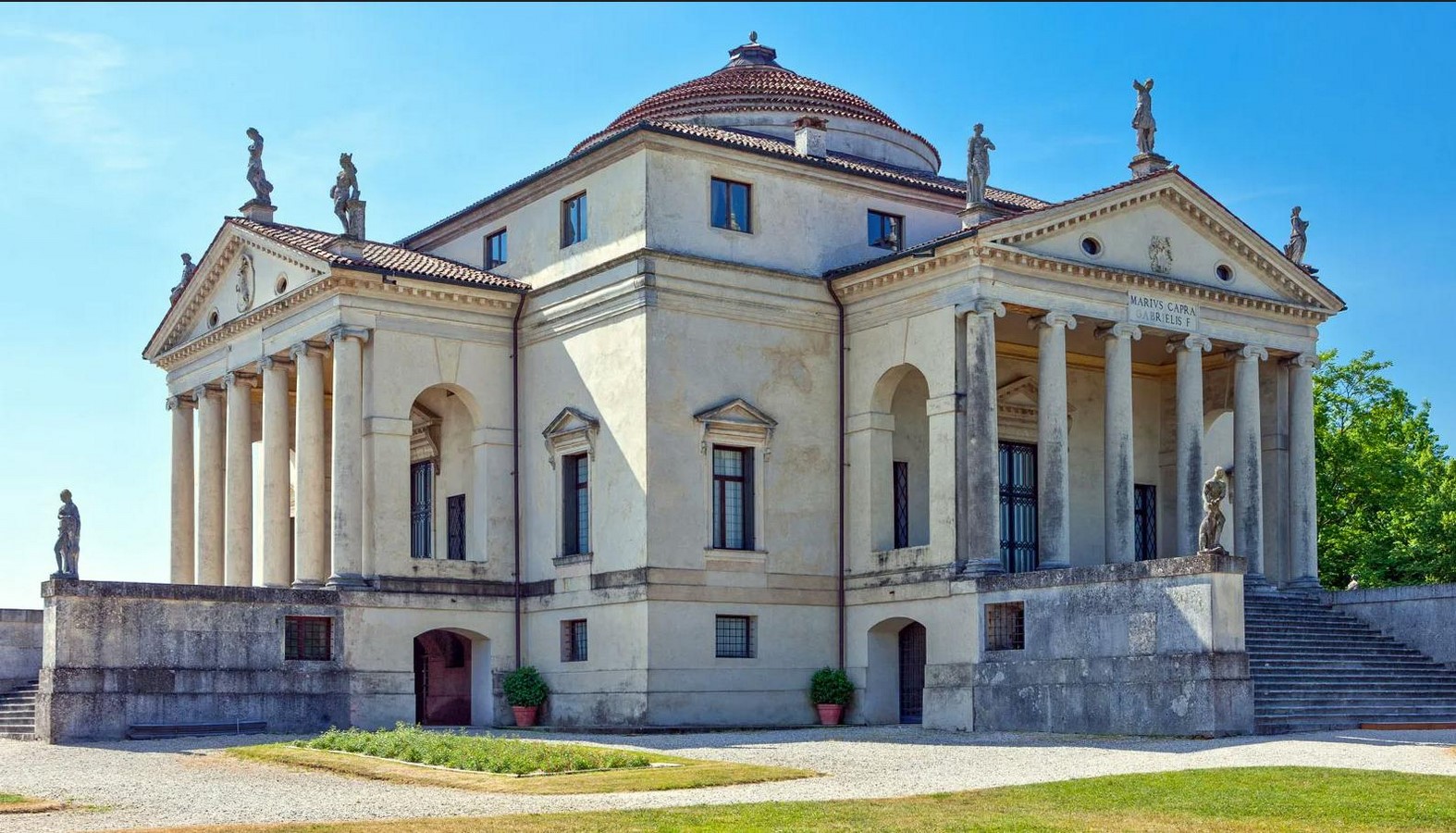
21st Century Architecture
The present 21st century poses new problems and there is a growing need for Architecture to be flexible to cater to the changing needs of the societies and environment. In a world where humankind has severely depleted the Earth’s natural vegetation and forest cover, Architecture needs to step in to make good the loss by designing residential and official structures which support the flourishing of natural and ecologically adaptable vegetation native to the region. An integration of Architecture and vegetation could be more visible shortly, especially with several people choosing to grow their food with the system of hydroponics. Architecture will probably take a more sustainable turn soon when it comes to industrial architecture and workspaces. Workspaces and Industries would opt for green power and coal-free power generation, e.g., companies could opt for Wind turbines or solar panels to generate electricity in order to power their buildings and workspaces. Architecture would become more responsive to climate change in the coming future, all residential and official structures would have an inbuilt system of water conservation, recycling and rainwater harvesting to cope with the rising water crisis in the drier parts of the world. Perhaps architecture would become sustainable enough to nourish our environment as well and lead to greener living. The past necessitated the cutting down of forests to build urban settlements, the future of architecture might aim at living in harmony with the existing flora and fauna and help in replenishing what has been lost to Humankind since the Industrial Revolution. The future of architecture could be more functional than what it is today, Dams and bridges could help in cleansing and purifying the aquatic ecological system.
The architecture of the future will be more responsive to Human and environmental needs. The future of architecture will have to be inclusive and affordable for the homeless, and it will have to be sustainable for the environment and ecology. The gated societies of today will have to give way to a responsible housing system which ensures cheaper and affordable housing, and free lodging for those who labour in these societies. The architecture of the public spaces will need to have temperature control features to beat the rising global temperatures. The extensive use of solar energy stations and wind turbines could effectively reduce the consumption of coal/nuclear energy as energy generating agents, solar energy-powered flyovers and roads with solar panels which power electric cars and buses which run on them could contribute to a greener future. The architecture of societies needs to represent the planet-saving goals free from discrimination based on gender, caste, class and religion.
References: De Botton, A., 2008. The architecture of happiness. Vintage.
Image References:
1_ Cave dwellings of the pre historic period_https://www.atlastravel.in/blog/bhimbetka-rock-sheltersya/
2_The Indus valley city ruins, use of burnt bricks_https://www.worldhistory.org/image/12856/mohenjo-daro/
3_Ruins of the city of Ur, use of sundried bricks. _ ©M.Lubinski
4_Maison Caree, Ancient Rome_https://www.architectureanddesign.com.au/features/list/roman-architecture-famous-buildings-from-ancient-r
5_Palladio’s architecture , The Rotunda_https://www.britannica.com/biography/Andrea-Palladio
6_Modern Architecture, Mumbai_©Alexander Savin https://commons.wikimedia.org/wiki/User:A.Savin








